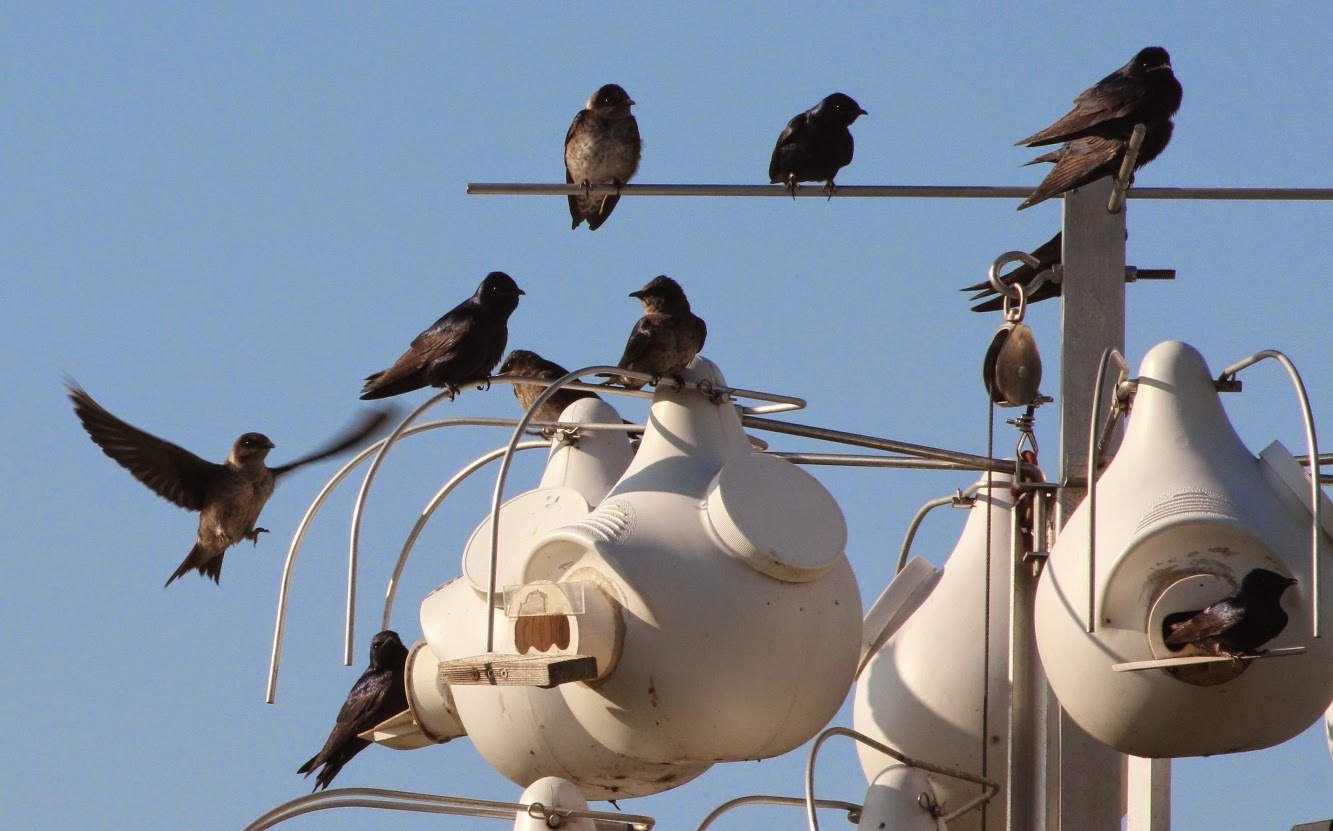I joined several birding trips with the Hudson River Audubon for early looks at the spring migration. The first trip was in New Rochelle, in the Nature Study Woods. Expectations were high: the American Birding Association list for New York, and many of the local birding blogs around NYC, had been reporting waves upon waves of spring migrants.
Nature Study Woods, in New Rochelle, is less of a proper 'park' than a series of trails through a densely wooded area in the midst of suburban Westchester. I got there about ten minutes late, and the group was still no further than 20 yards into the park: a good sign when the entire group were stock-still and binoculars out. I missed a warbling vireo but there were many other good birds to come.
The stand-out was a great look at an Eastern screech owl:
 | |
| You talkin' to me? |
Other good looks were a black-throated green warbler, northern parulas, a scarlet tanager, a rose-breasted grosbeak, more yellow-rumped warblers than you could shake a stick at, a few blue-gray gnatcatchers, a black-and-white warbler, an osprey, and a wood duck.
The blue-gray gnatcatchers were too elusive for a really good picture. The wood duck, like most of the wilder birds, was shy, but I managed to approach from behind cover and ambush it for a good picture. We also saw a thrush, but I forget if it was a Hermit or a Swainson's; at any rate was too far away and too well-camoflauged in the leaf litter for a good shot.
At any rate, it was fantastically productive day for a scant three hours, with several life birds, notably the screech-owl, black-throated green warbler, rose-breasted grosbeak and scarlet tanager. But that would be nothing, nothing compared to the Central Park walk the next weekend...








